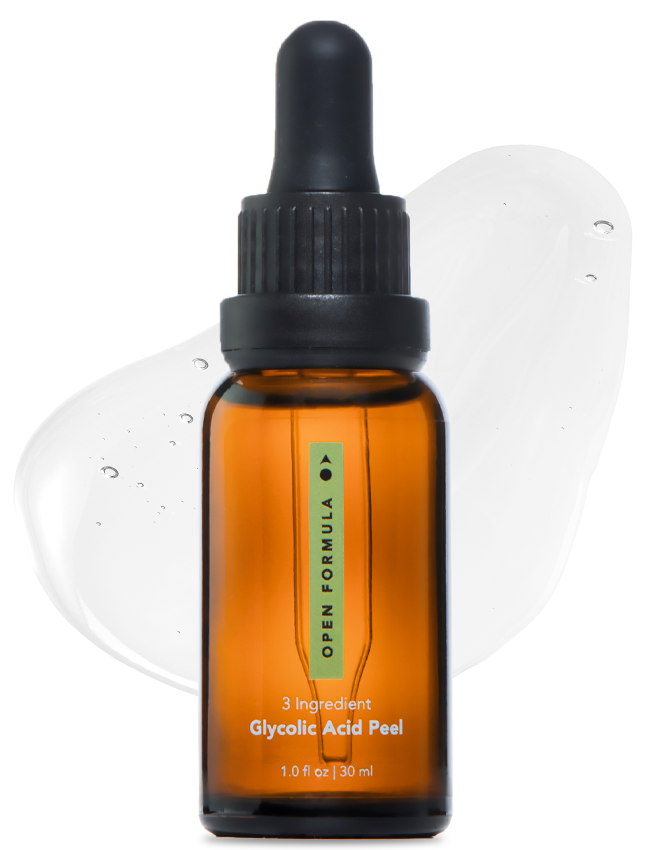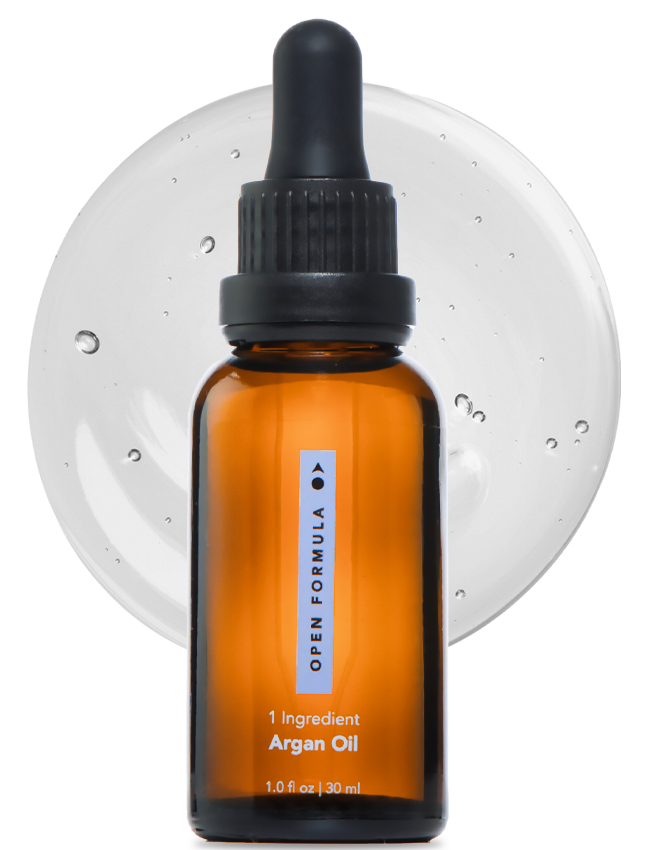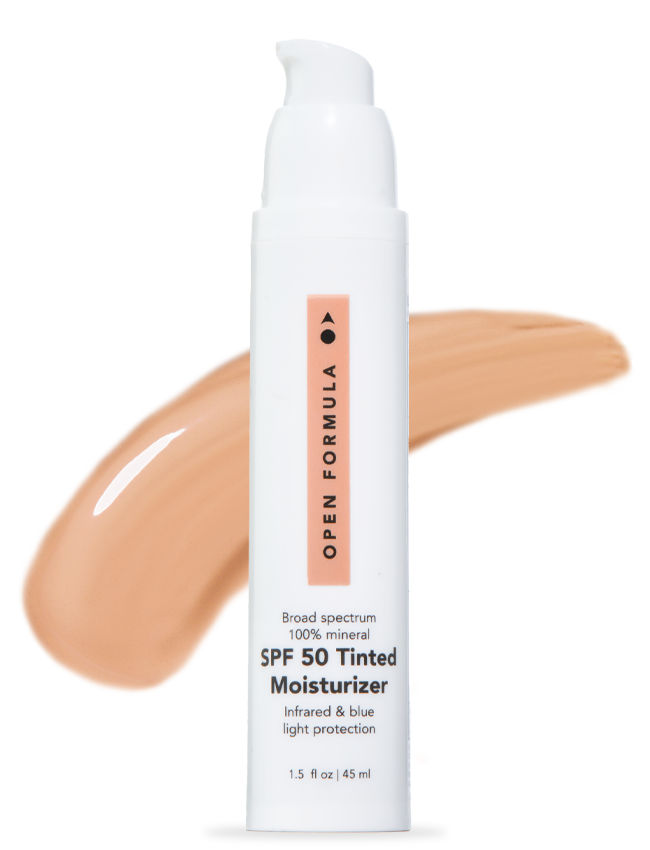We know...purging isn't the loveliest word to ever be associated with the skin. It sounds, well, nasty, to say the least. But yes, skin purging is real. And it is tricky to tell the difference vs breakouts. So here is our guide to purging and how to minimize it.
What Is Skin Purging?
Let's get one thing clear—there are no scientific articles that specifically call this process' skin purging'. However, that doesn't mean it's not an actual process! Calling it a skin purge is more of a layman's term, but it gets the point across well.
Instead, you'll find that it's referred to as 'acne flaring' in scientific studies. A 2008 study defined acne flaring as "...[The development of] new papules and pustules during the first few weeks of treatment."
Papules and pustules are just the scientific terms for inflamed pimples. If you're curious about what skin purging looks like, it kind of just looks like breakouts, which is why it's so hard to tell the difference!
When Skin Purging Happens
Skin purging happens when you use products that speed up skin cell turnover. It basically hits fast-forward on the skin—including pimples at every stage of development. All pimples start as tiny little blockages (called comedones), and from here, they develop into all the different acne forms.
Speeding up skin cell turnover does (eventually) come with long term benefits. But unfortunately, it speeds up acne formation for a short amount of time, too. While that sounds like a bad thing, it's actually not. The silver lining about purging is that it does eventually stop after all the comedones come to the surface as breakouts.
Ingredients To Look For To Tell The Difference
Since the purge is only linked to ingredients that increase cell turnover, those are what we need to look for to tell the difference between an acne purge or breakout. The four major skin purge-causing ingredients include retinol, prescription retinoids, exfoliating acids, and vitamin C (aka L-Ascorbic Acid).
Is My Skin Purging or Breaking Out?
Now that we know what causes purging let's look at what doesn't cause purging? The key to knowing if you're going through an acne purge or breakout is in the following questions:
1) What type of product have you recently added to your routine?
2) How long have the pimples been happening for?
How Skin Purging and Products Relate
There's a common misconception that skin will purge if you change brands of skincare products or add a new product to your routine. This just isn't true! It depends completely on the type of product only. If you start breaking out after adding a new product to your routine, and it's not one of the four mentioned above, it's a regular break out.
How Long Does Skin Purging Last?
We need to consider how long the suspected purge lasts for, especially with retinoids. A genuine purge can last from one to two months. I know that's a really long time, but I promise that it's worth it. The reason the skin purging process can take so long depends on the skin's renewal cycle.
The average healthy person's skin has a regular renewal cycle that lasts around 28 days, give or take. The logic then follows that the skin purge timeline would last for at least one of these cycles, if not two, to really get everything cleared out.
Let's say you've been breaking out for three months from a new product—the product is likely causing breakouts, not purging. It's even more likely if it's a product like a moisturizer or a sunscreen, where there are no ingredients that would cause skin cell turnover.
Can I Minimize the Skin Purging Process?
Dealing with skin purging is rough. We all wish it didn't happen, and that we could just invent a skincare product that stops skin purging. The reality is, stopping skin purging completely is impossible—but you can take steps to minimize the purge, especially when it comes to retinol and chemical exfoliators. While it sounds like a good idea to go for the maximum strength possible, let's take a step back.
Using the maximum strength possible right from the get-go is the best way to start a gnarly, out-of-control skin purge. This is especially true when it comes to retinoids and exfoliating acids—different percentages exist for a reason. Skincare isn't a race to have clear skin or the fewest wrinkles. It's a process that takes time and patience.
How to Use Products Associated with Skin Purging
Part of that process is starting low and slow, using a low percentage with a slow introduction. Using lower percentages of the active ingredients at first allows your skin to slowly adapt to the new product in your routine—whether that's retinol or exfoliating acid.
This minimizes any side effects. When it comes to adding exfoliating acids, a slow introduction phase starts with once a week for a month––especially if your skin is sensitive.
When it comes to well-formulated retinols or prescription retinoids, the process can start a little faster, twice a week, for a month. Then increasing to every two days for the next month until you have a good routine. This gives your skin the best chance to maximize the benefits of retinol and minimize skin purging.
So does skin purge before it gets better? The answer is yes—but you can minimize the 'retinol uglies' with a low and slow approach for super glowy, radiant skin.






























